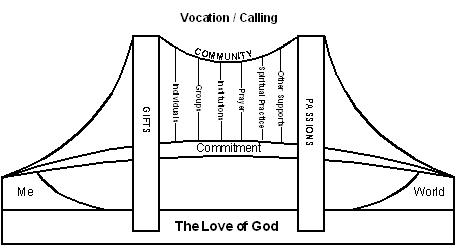The stated purpose of this, my third, year’s Education for Ministry (EfM) “is to build knowledge and skills for living authentically as a committed Christian in a world where multiple cultures live in close proximity.” Indeed, our common textbook is subtitled, “Living Faithfully in a Multicultural World,” and opens with this collect For the Diversity of Races and Cultures from The Book of Common Prayer:
O God, who created all peoples in your image, we thank you for the wonderful diversity of races and cultures in this world. Enrich our lives by ever-widening circles of fellowship, and show us your presence in those who differ most from us, until our knowledge of your love is made perfect in our love for all your children; through Jesus Christ our Lord. Amen.
One of my EfM classmates shared this discovery with the class this week: a website full of recordings of various Christian prayers, including the Lord’s Prayer, in “different (sometimes very exotic) languages.” You can hear these prayers by clicking here.
I love the way there is a rhythm to the Lord’s Prayer that might make it possible for me to recognize and follow along even when I don’t understand the words. In fact, I remember just this occurring the first time I went into a church while in the Peace Corps in Guatemala. It was my first week there, and I didn’t really understand Spanish well at all, but my host family took me to an evening service at their Catholic Church. I didn’t understand most of what was going on, but I remember recognizing the Lord’s Prayer-the Padre Nuestro-when it was prayed. I suddenly felt a little less lonely. I suddenly began to realize that we are all bound together in this “wonderful diversity of races and cultures in this world,” or as Archbishop Desmond Tutu said it:
In God’s family there are no outsiders. All are insiders. Black and white, rich and poor, gay and straight, Jew and Arab, Palestinian and Israeli, Roman Catholic and Protestant, Serb and Albanian, Hutu and Tutsi, Muslim and Christian, Buddhist and Hindu, Pakistani and Indian-all belong.
Peace

